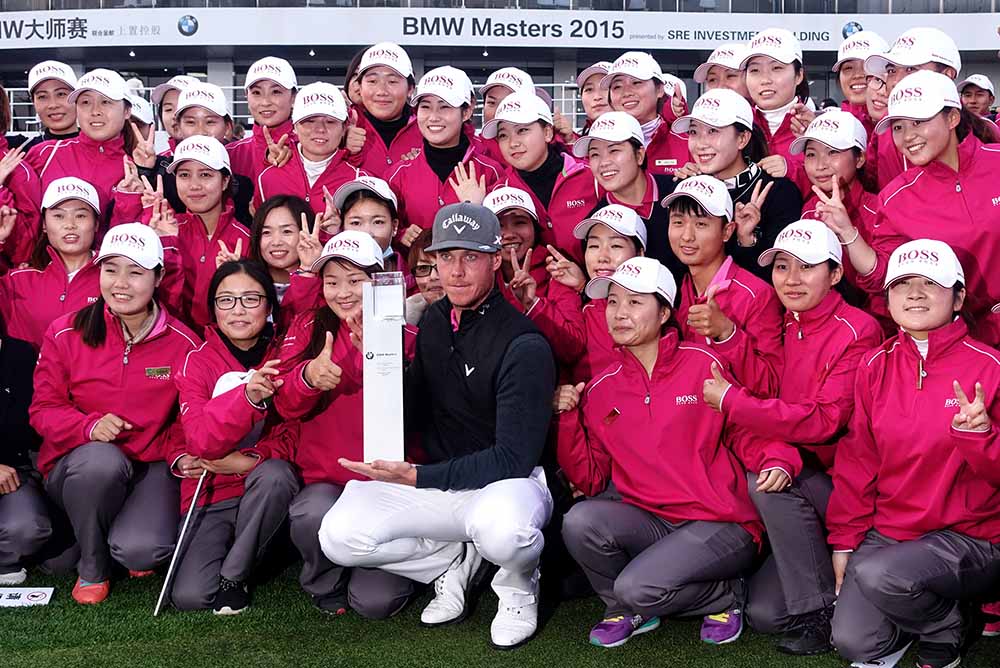
But what about the lower-ranked pros, those players just starting out? Li aside, there are only 11 other Chinese pros ranked inside the top-1,000 in the world. Compare that to the Koreans, who despite being more noted for the prowess of their female players, still boast five times that number, with An Byeong-hun leading the pack at No. 24. Asia’s best player is PGA Tour-based Hideki Matsuyama; the 24-year-old has long occupied a spot in the top 20 and is currently ranked 13th, 118 places above Li.
To that end, the European Tour, in partnership with the China Golf Association, has staged Challenge Tour events – the development circuit to the main tour and whose events carry less prize money – on the mainland, and look to continue doing so for several years to come. 2016 sees the inaugural Hainan Open take place in mid-October, a week before Foshan Open, which has been played since 2013.
“This is the way to grow golf in China,” says Leach, who says that half the field of the two Challenge Tour events will be taken up by Chinese professionals. “We don’t want to saturate China [with events]. We want to present opportunities for Chinese professionals. These tournaments see strong representation from Europe; the best way for Chinese pros to develop is to play these tournaments and experience other Challenge Tour events overseas.”
The Hainan Open might be new but it has serious backing; importantly it carries the significant support of the local Hainan government. The tropical island province, less than an hour’s flight from Hong Kong, is the only one in China where golf course construction, like the many hotels and resorts that litter its coastline, is encouraged. As is the case of both the Shenzhen International and the Foshan Open, however, it lacks a title sponsor. Money to cover the prize purse and staging costs, it would seem, is being taken care of by the local government in harness with the venue. But Leach claims to be unconcerned about that – and compares the golf’s potential growth in China with that of football, which has seen enormous investment in recent times and which competes with the top leagues in the world in terms of player-purchasing power.
“Potential sponsors have been a bit wary [recently] but the fact is that viewership is up, the number of platforms [that are broadcasting golf tournaments] is up … golf is a growth market and it is confusing to me to hear people say the opposite. You look at how football in China was five years ago and you look at it now … the change is extraordinary and you can compare it exactly with golf.”











